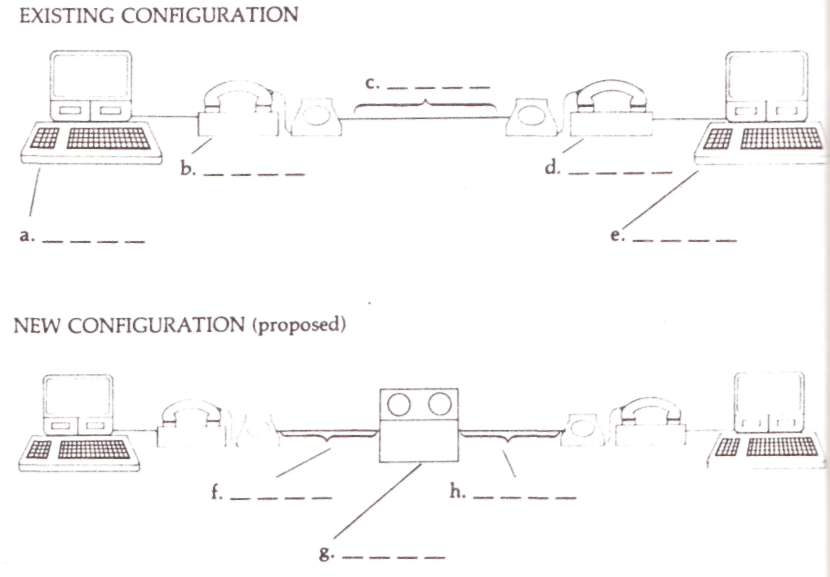
- •Basic technical english
- •Introduction 3
- •Introduction
- •Introduction
- •Introduction
- •Introduction
- •Listening
- •1 Presentation
- •2 Controlled Practice
- •3 Transfer
- •4 Word Check
- •Introduction
- •1 Listening
- •2 Presentation
- •3 Controlled Practice
- •4 Transfer
- •5 Word Check
- •Introduction
- •Listening ------------------------------------------------------------------------------
- •2 Presentation
- •3 Controlled Practice
- •4 Transfer
- •5 Word Check
- •Introduction
- •1 Listening
- •2 Presentation
- •3 Controlled Practice
- •4 Transfer
- •5 Word Check
- •Introduction
- •1 Presentation
- •Controlled Practice
- •Transfer
- •4 Word Check
- •Introduction
- •1 Listening
- •2 Presentation
- •3 Controlled Practice
- •4 Transfer
- •5 Word Check
- •Introduction
- •1 Listening -----------------------------------------------------------------------------------
- •2 Presentation
- •3 Controlled Practice
- •4 Transfer
- •Introduction
- •1 Listening
- •2 Presentation
- •3 Controlled Practice
- •4 Transfer
- •5 Word Check
- •Introduction
- •1 Listening
- •2 Presentation
- •3 Controlled Practice
- •4 Transfer
- •5 Word Check
- •Introduction
- •1 Listening
- •2 Presentation
- •3 Controlled Practice
- •4 Transfer
- •5 Word Check
- •Introduction
- •1 Listening
- •2 Presentation
- •3 Controlled Practice
- •4 Transfer
- •5 Word Check
- •Introduction
- •1 Listening
- •2 Presentation
- •3 Controlled Practice
- •4 Transfer
- •5 Word Check
- •Introduction
- •1 Listening
- •2 Presentation
- •3 Controlled Practice
- •4 Transfer
- •5 Word Check
- •Introduction
- •1 Listening
- •2 Presentation
- •3 Controlled Practice
- •4 Transfer
- •5 Word Check
- •Introduction
- •1 Listening
- •2 Presentation
- •3 Controlled Practice
- •4 Transfer
- •5 Word Check
- •Introduction
Introduction
This unit deals with the transmission of data between computers. Data communication networks use modems to change data (bits of information) into sound signals (sound waves). These signals can then be sent down a normal telephone line. When they reach the other end, another modem changes them back into data. The receiving computer can the: store the information on file (a disk will usually hold many files — each file will hold a certain type of information) or display the information on screen.
1 Listening
You are going to hear the administrative manager and communications engineer of an international firm discussing a data communication problem. This firm sends documents (reports, contracts, etc.) to their clients by connecting up computers. As you listen, label the diagrams below:

2 Presentation
During the discussion, the Communications Engineer used two tenses:
A. Present Continuous — to talk about how the system is working at the moment
e.g. We're using a modem
We're having problems
The files are being transmitted
They're not arriving
It's costing us . ..
These sentences tell us about the TEMPORARY situation.
B. Present Simple — to talk about how the system works in theory or as specified
e.g. We send files
We start transmitting
It takes 5 minutes
The files are stored
These sentences tell us about the CHARACTERISTIC situation. The sentences are introduced with expressions like:
in theory.....
each time.....
say (for example).....
when/if ....
Note the У in the third person singular: It takes ...
3 Controlled Practice
A. Put the verbs in the right tense:
1. When we__________(send) a file, it__________(cost) us £1.00 a minute.
2. At the moment, it_____________________(cost) us too much.
3. I can't send the file now. The system_____________________(not work).
4. In principle, the client__________(access) the file when he__________(want).
5. Can you come and help? I_________.__________(have) a lot of problems with
this program.
6. For example, we__________(transmit) a file in the morning. The client__________
(get) the file out of the mailbox in the afternoon.
7. Currently we_____________________(spend) too much time transmitting files.
8. Breakdowns on the line_____________________(not happen) very often.
9. We________________ (lose) a lot of data because of this breakdown.
B. Correct these sentences, if necessary.
1. The Dialcom Service is operating from a large computer centre in London.
2. When you subscribe to the service, all your terminals can be connected to the mailbox.
3. You are controlling the password which is giving the user access to his own private electronic office.
4. The Data Network is providing access at many centres around the UK.
5. At the moment, Dialcom rapidly expands its international network.
